Creating Textured Art
Is Easier Than You Think
Create some pizzazz - explore the possibilities of textured art.
A long time ago, the way to paint was to eliminate the appearance of any sort of brush marks or texture. That time has passed.
Creating texture in your artwork involves anything from a slight "build" on the surface, to piles of nuts and bolts, and anything else you can imagine. (I always wanted to stick a 747 in one of my paintings).
There are all sorts of fantastic examples of textured art. They can be easily found - a quick trip over the net will uncover some amazing work.
Even though my work is quite "tight", I'm finding more and more opportunities to increase texture and build in my paintings (and loving it). It's a whole new world.
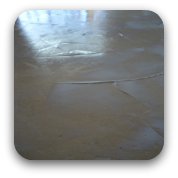
The improvement in mediums has made creating textured art much easier.
As an example, the introduction of collage to a painting is very easy with binder medium. Not only does it glue the paper in very solidly, it also goes a long way to conserving it. Binder medium added to plaster gives a much more flexible quality to the plaster, and creates a wonderful texture (its a bugger to sand though).
Other mediums & additives like impasto gel & modelling compound, have texture and body already built in. A swipe with a palette knife or brush works wonders.
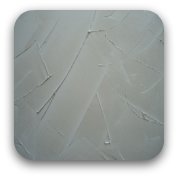
Creating texture is a great way of adding a bit more life to an otherwise flat area. Obviously you can use your brush to create texture; but consider modifying an old credit card, or piece of cardboard. Almost anything that you can apply paint with, can be used to create build in your art.
The addition of some texture into a painting gives it a whole new dimension. Adding some highly textured areas against some very flat areas gives the painting wonderful contrast.
A lovely method of painting is to glue down the appropriate literature with some binder medium; add three or four good, solid coats of impasto gel, and a glaze or wash or two. Paint over the top of that with an image that is relevant to the text beneath, and allow the text to show through in places.
This is a FAN-tastic way to create textured art.
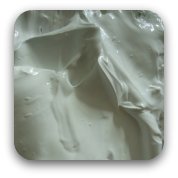
Another sensational idea is to trowel on some modelling compound or something similar, and push shapes or objects into the surface. Lots of wonderful texture.
Stencils are also a great idea. Lace, for example, laid on the surface then pulled off after a healthy layer of texture medium of some description, is a lovely experiment.
Try laying some clear impasto gel over a finished piece using lace or some patterned material. When it is dry, drag a dry brush over the top, and that pattern will be revealed. Some great patterns can reveal themselves through some very odd household objects.
You can also add sand, gravel, dirt, old car tyres, whatever takes your fancy (anything the other half wants you to take to the dump. "But it's art, sweetie!").
You don't have to use mediums or additives to create texture in your paintings. A gloopy slathering of paint will create plenty of texture. (A slightly more expensive way of doing it though).
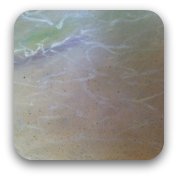
Don't discount the possibility of creating the illusion of texture.
Careful use of shading can create the impression of texture. Spattering and stippling techniques can also create a very strong impression of texture (for example an impression of a sandy beach can be created with a toothbrush).
These are just some of the ways we can create textured art. Use your imagination.
Don't be afraid to experiment. The range of art you can create is limitless, and is SO much fun.
Back To Acrylic Painting Techniques
Back to Explore Acrylic Painting Home Page


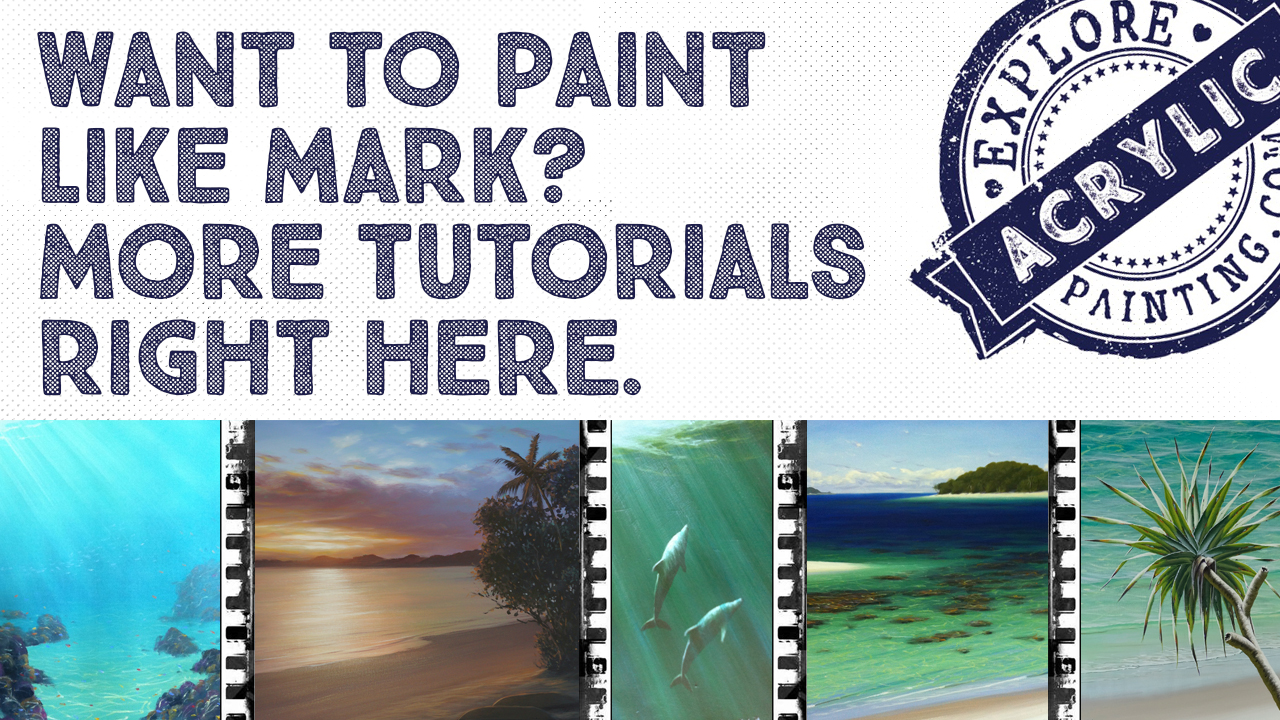


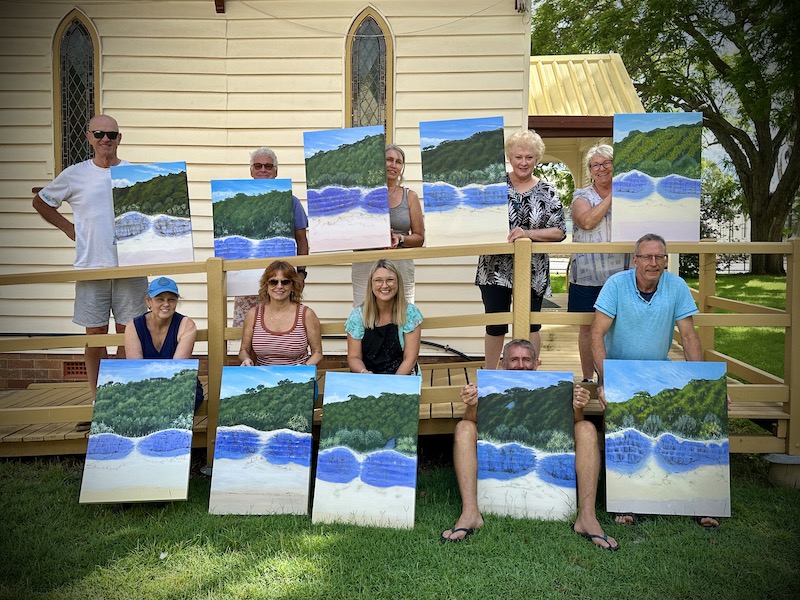







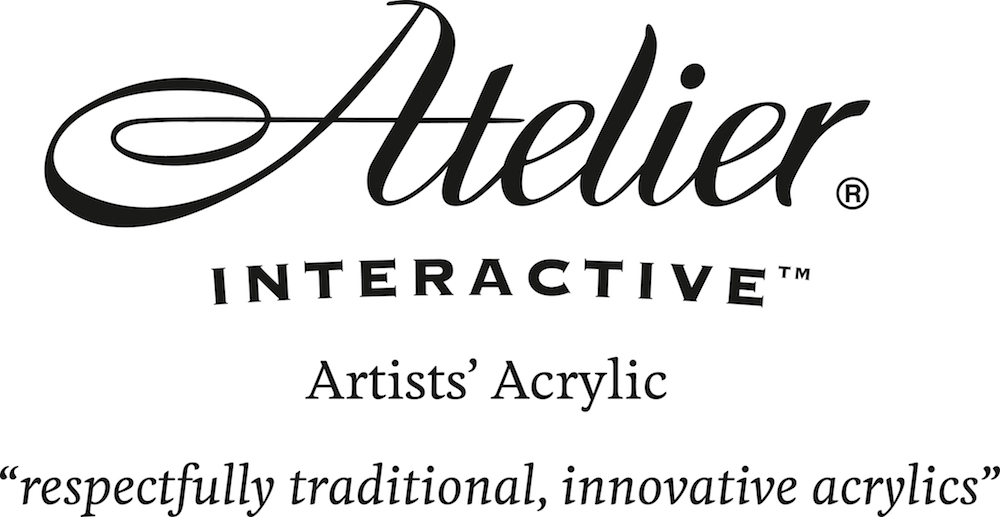


New! Comments
Have your say about what you just read! Leave me a comment in the box below.